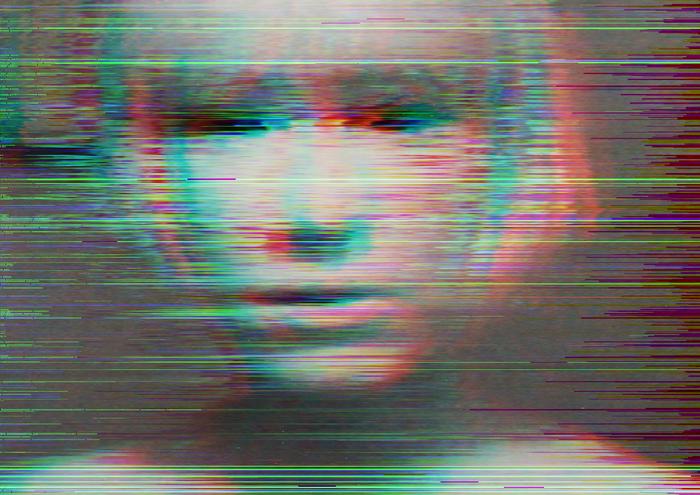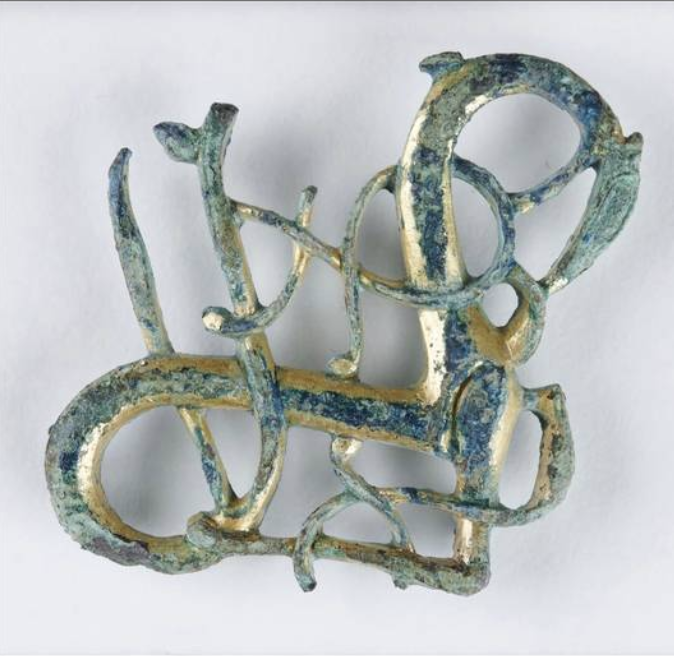Activists Stage Pro-Palestine Demonstration at Pace Gallery Opening for Israeli Artist
An opening at Pace Gallery for the Israeli artist Michal Rovner on March 7 was disrupted by protestors calling for a ceasefire in Gaza.
Around 30 protestors silently distributed fabric petals around the exhibition space in protest of Rovner “cultural appropriation” of the poppy, a prominent visual in the works by Rovner that are on display at Pace. Poppies grow abundantly in Palestine and remains a symbol to Palestinians of their connection to the land.
The protestors, who arrived at Pace’s Chelsea space in Manhattan around 7 p.m., were met with resistance by security guards at the door who had until then been inspecting bags. Some visitors expressed outrage at the disruption, shouting, “Shame on you!”
According to Hyperallergic, one man asked why the petals didn’t bear the names of “raped women and burned babies,” in reference to claims of sexual violence and mutilation committed by Hamas during the October 7 attack that killed more than 1,200 Israelis and involved the taking of more than 200 hostages. Those claims are currently under investigation by the United Nations.
Activists at the show, titled “Pragim,” or “Poppies” in Hebrew, also criticized at Rovner’s video installation Signaling (2023), which features rows of waving figures referencing the over 100 hostages taken by Hamas on October 7; the chest of each person appears to emit a red glow. The video has appeared in Times Square, as well as in public sites in Tel Aviv and Jerusalem.
“Tonight, Pace again uplifts normalization—any project that invokes ‘Israel’ and Palestine without affirming the inalienable rights of the Palestinian people and naming the brutal conditions of occupation, apartheid, and settler colonialism under which they live,” read a flyer handed out at the opening. “Rendering 100 waving ‘Israelis’ and the Zionist dog whistle #BringThemHome, [“Signaling”] distorts the reality of occupation and necessity of resistance, ignoring millions of Palestinians under siege,” it continues.
Pace employees led both activists and visitors outside, and barred any further entry to the exhibition until 7 p.m. While outside, the activists brandished a banner that read “Poppies Are Indigenous to Palestine / Pace Artwashes Occupation While ‘Israel’ Conducts Genocide.”
Pace previously came under fire for its decision to exhibit Rovner during the bombardment of Gaza by Israel. In January, Pace New York flagship was spray-painted with pro-Palestine messages, joining the a list of New York gallery to be tagged with phrases related to the war in Gaza. Images posted to social media and reviewed by ARTnews showed Pace’s facade spray-painted with phrases such as “Free Gaza.” Additionally, the gallery was splashed with red paint intended to mimic blood spatters. At the time, Pace was navigating a social media controversy spurred by an Instagram post promoting the debut of Signals in Times Square. The initial caption did not mention the Palestinian death toll in Gaza, which as of today surpasses 30,000, according to the local health ministry; at least 300 Palestinians have been killed in the Occupied West Bank.
Among the top-liked comments on the post was one that accused Pace of “art-washing a genocide.”
Pace subsequently edited the caption to include a death toll and a line saying the gallery previously “omitted the broader context of the ongoing conflict in Gaza and the horrific loss of life.”
Contacted by ARTnews for a comment on the demonstration, a Pace spokesperson said, “Our mission is guided first and foremost by our artists. Our role is to provide a platform for their ideas, to present their vantage points, and to amplify their work to our audiences. We believe in the art gallery as a place for discourse and feel it’s our responsibility to offer this space.”



